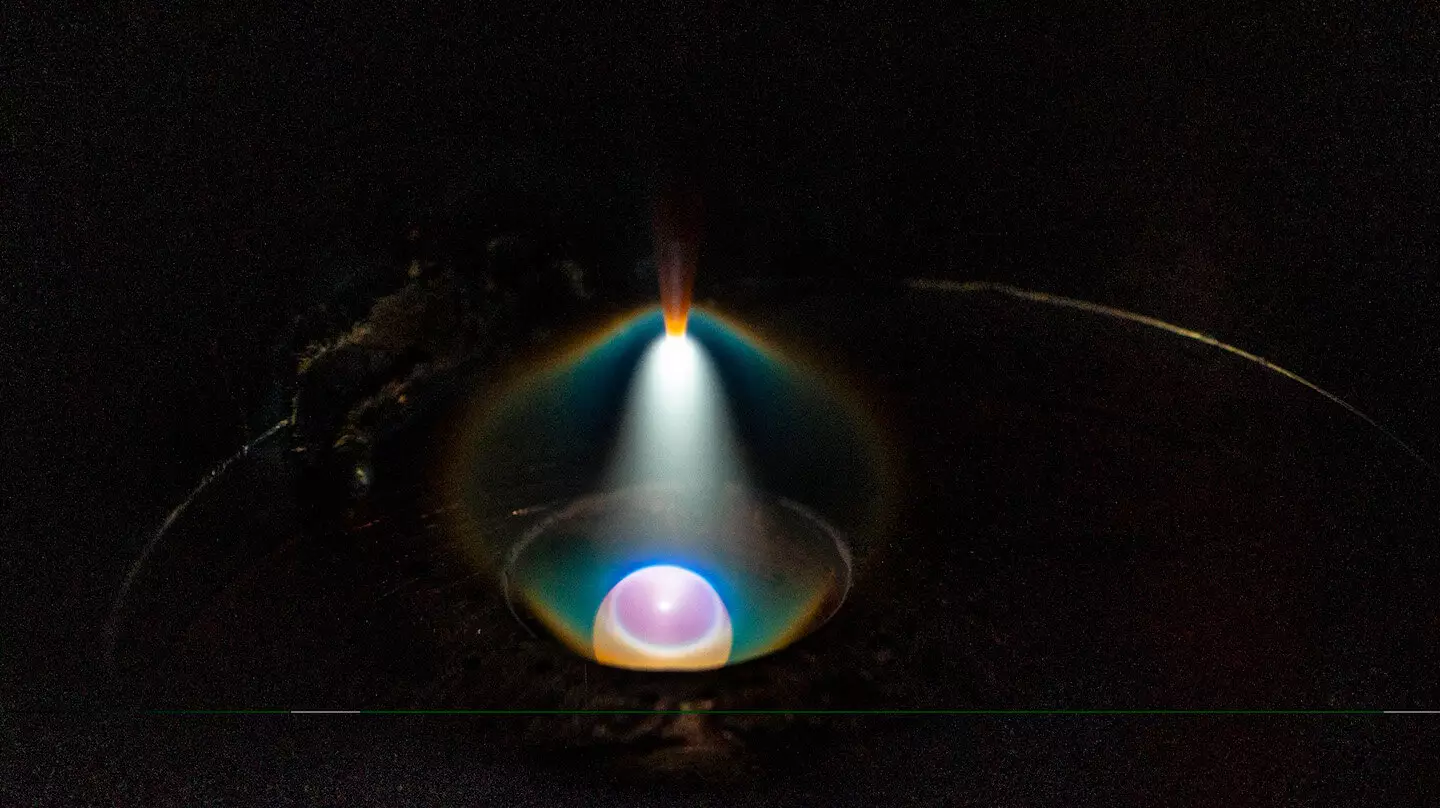The limitations of conventional alloys like steel and aluminum have long been accepted in various industries. Steel, a strong and widely used metal, melts at a staggering 2,500 degrees Fahrenheit, while aluminum suffers corrosive damage when exposed to moisture and oxygen. These materials fail dramatically under extreme conditions, experiencing degradation that could compromise operations in critical environments such as space or the Arctic. As the need for robust materials intensifies across these unforgiving terrains, the search for innovative alternatives becomes increasingly urgent.
Multi-principal element alloys (MPEAs) present a compelling solution. Unlike traditional alloys, which predominantly consist of one or two base metals, MPEAs incorporate multiple elements in roughly equal proportions. This unique balance allows them to maintain exceptional strength, toughness, and stability over a broader range of temperatures and environmental conditions. Interestingly, MPEAs not only withstand extreme scenarios more adeptly, but many also possess superior corrosion resistance as well as remarkable functional properties suitable for electronic or magnetic devices. Their design ethos challenges long-held assumptions, pushing the boundaries of material science.
Innovations from the Lab: A New Approach to MPEA Design
Researchers at the Johns Hopkins Applied Physics Laboratory (APL) have taken significant strides in advancing MPEA development. Their innovative approach leverages intricate microstructures capable of conveying composition information using minimal samples. While traditional alloy design often relies on extensive experimental data, the team at APL is breaking new ground with a methodology that relies on localized data testing. Their findings were published in the journal *Data in Brief*, offering insights into how complex microstructure correlations can yield substantial mechanical properties.
Morgan Trexler, the program manager for Science of Extreme and Multifunctional Materials at APL, emphasizes that fine-tuning MPEA compositions can result in profound shifts in material behavior. The research team’s new methodology not only accelerates the exploration for effective MPEA compositions but also intelligently informs future material designs. By automatically linking alloy phases to their mechanical properties, APL is setting the stage for rapid material discovery capable of meeting extreme operational demands.
Harnessing Data: The Power of Bayesian Optimization
To refine their search for suitable MPEA compositions, the APL researchers collaborated with experts from the Johns Hopkins Whiting School of Engineering. With scarce initial data, physicists Paulette Clancy and Maitreyee Sharma Priyadarshini utilized a physics-informed Bayesian optimization algorithm known as PAL 2.0. This tool afforded the researchers the capacity to navigate the expansive terrain of alloy combinations, swiftly identifying potential MPEAs with characteristics that maximize hardness while providing robust datasets for subsequent experiments.
Differing from traditional deep-learning approaches which typically necessitate extensive databases, PAL 2.0 operates efficiently with limited data points. Clancy elucidates the closed-loop cycle they’ve implemented: as APL fabricates and tests the suggested alloys, the resulting data feeds back into the system to refine future predictions. This iterative process not only enhances the material discovery speed but also dynamically evolves based on prior experiments’ outcomes.
The Art of Alloy Creation: Arc Melting and Beyond
The storytelling surrounding the alloy creation process reveals further sophistication. APL employs arc melting techniques, which induce an electric current through metal to achieve melting. This method is notable for its material efficiency, allowing researchers to explore a plethora of compositions within single samples. As Eddie Gienger, a materials scientist and lead author of the study, describes, the melting process generates various materials, each with distinct chemical compositions, leading to potentially groundbreaking discoveries within one run.
Integrating diverse data sources like scanning electron microscopy (SEM), energy-dispersive X-ray spectroscopy (EDS), and nanoindentation, researchers can paint a comprehensive picture of the alloy characteristics. The nanoindentation process precisely gauges hardness at countless locations within a sample. As Lisa Pogue, another materials scientist at APL, asserts, mapping these measurements against phase compositions enables researchers to understand how unique microstructures will perform under various conditions.
Paving the Road Ahead for MPEAs
The wealth of information generated by this ambitious venture does not merely contribute to academic discourse; it has practical implications for alloy production and engineering endeavors. With a database consisting of 17 unique MPEA compositions and over 7,000 data points, the researchers are positioned to define the potential space for MPEAs like never before. Gienger’s insights suggest that this pipeline of information could become the cornerstone for designing materials that meet specific mechanical requirements—such as hardness—efficiently.
APL’s initiative represents a critical turning point in the quest for materials that can withstand extreme conditions. The continuous exploration and testing of high-throughput characterization techniques will inevitably catalyze new opportunities in sectors that increasingly demand advanced material solutions. With its innovative approach to MPEA development, the future of alloy design is poised to transform industry standards and applications across the globe.


Leave a Reply